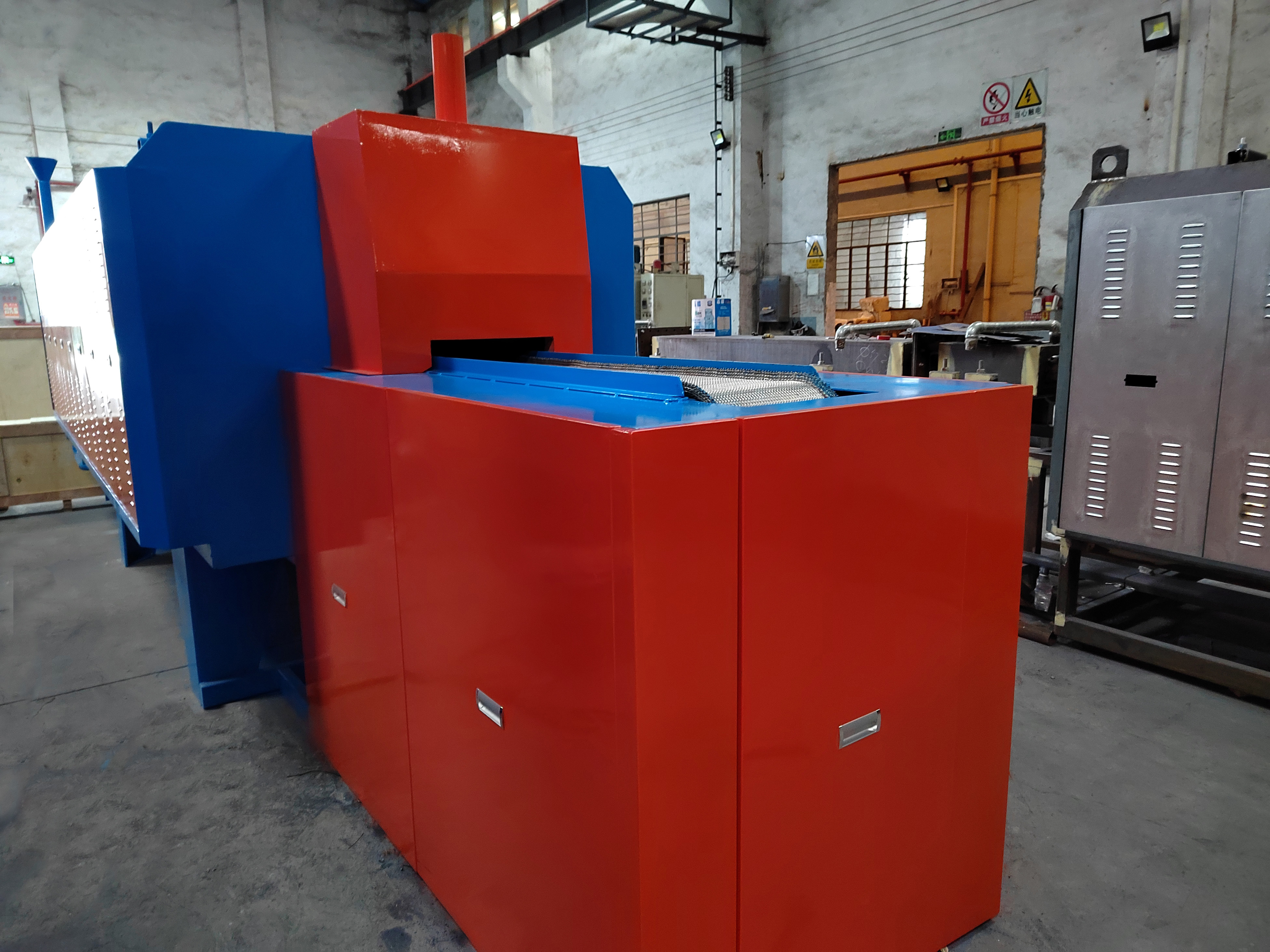Commonly used materials and heat treatment methods for gear parts(2)
May. 23, 2024
Three. Common problems and countermeasures for heat treatment
1. Common defects and preventive measures of hardening and high temperature tempering gear
Defect Name | Reason | Preventive measures | |
1 |
Low hardness | Gear steel has low carbon content; improper quenching and heating specifications; surface decarburization; insufficient quenching and cooling; high tempering temperature; improper material selection | Check the chemical composition of the steel, adjust the heating and quenching specifications; reduce the tempering temperature; replace the steel |
2 |
Insufficient hardening and high temperature tempering depth |
Improper material selection, low carbon content or alloying element content in steel, improper quenching specifications | Select suitable hardenable steel according to the gear module and size; check the chemical composition of the steel; adjust the heating and cooling specifications; use open-tooth quenching and tempering for large-module gears |
3 |
Uneven hardness |
The original structure of the steel is poor; uneven quenching and cooling; uneven quenching and tempering heating temperature | Check the quality of the steel; re-normalize or anneal to strengthen the circulation of coolant: improve the uniformity of quenching and tempering temperature |
2. Common defects and preventive measures of carburized and carbonitrided gears
No. | Defect Name | Reason | Preventive measures |
1 |
Insufficient layer penetration | The carbon potential is low; the temperature is low; the temperature is low or the infiltration period is insufficient | Increase the carbon potential; check the furnace temperature, adjust the process, and extend the carburizing (co-carburizing) time |
2 | Excessive penetration of the seepage layer | The carbon potential is too high and the carburizing (co-carburizing) temperature is too high and the carburizing period is too long. | Reduce carbon potential; shorten cycle and adjust process |
3 |
Uneven penetration layer | The temperature of each part in the furnace is uneven; the carbon potential is uneven; the furnace gas circulation is poor; the workpieces collide with each other and there is dirt on the tooth surface; coking occurs on the tooth surface during carburizing | Clean the gear surface; design fixtures reasonably; prevent gears from colliding with each other; add a guide cover on the gear tray to ensure uniform temperature in all parts of the furnace; strictly control unsaturated hydrocarbons in the carburizing agent |
4 |
Too much retained austenite on the surface |
The carbon (nitrogen) content is too high; the cooling after infiltration is too fast, the amount of carbon (nitrogen) is not precipitated enough, and the quenching temperature is too high. | Adjust the carburizing (co-carburizing) process to control the carbon (nitrogen) content; the discharge temperature from the carburizing (co-carburizing) furnace or pre-cooling furnace should not be too high; reduce the quenching temperature |
5 | Surface martensitic needles are thick | Quenching temperature is too high | Reduce quenching temperature |
Four.Process control
1.Carburizing process specifications
When loading the furnace, thin-walled gears with medium and small modules should be mounted using hanging or pad-type fixtures, and gears with splined holes should be supported reasonably.
When the gear is installed on the fixture, there must be no overlap between the gear teeth, and there should be sufficient clearance between the gear working surfaces. The carburizing temperature is generally 890~930C. For gears that require a gentle gradient of the carburized layer, diffusion should be performed after strong carburizing. However, when the depth of the effective hardened layer is required to be less than 1 mm, diffusion may not be performed.
2. Carbon potential control principle
Carbon potential control during the strong penetration period: Generally, under the premise that carbon black and carbide levels on the working surface do not appear, the furnace should have the highest carbon potential during the strong penetration period to obtain the fastest penetration speed.
Carbon potential control during the diffusion period: Generally, the carbon potential in the furnace is determined based on the carbon concentration on the surface of the workpiece that meets the design requirements.
3.Quenching process specifications
After gas carburization, the gear is cooled to 840℃~860℃ in the carburizing furnace and kept for 0.5~1 hour, and then put into the fire medium for cooling.
4.Tempering process specifications
The gears should be tempered at low temperature in time after cleaning, generally the interval should not exceed 4 hours. Large gears made of high-nickel-chromium steel must be fully tempered, usually for 10 to 20 hours. For high-precision gears, stress relief tempering should be carried out behind the teeth at a temperature of 140~160°C and a holding time of not less than 2 hours.










